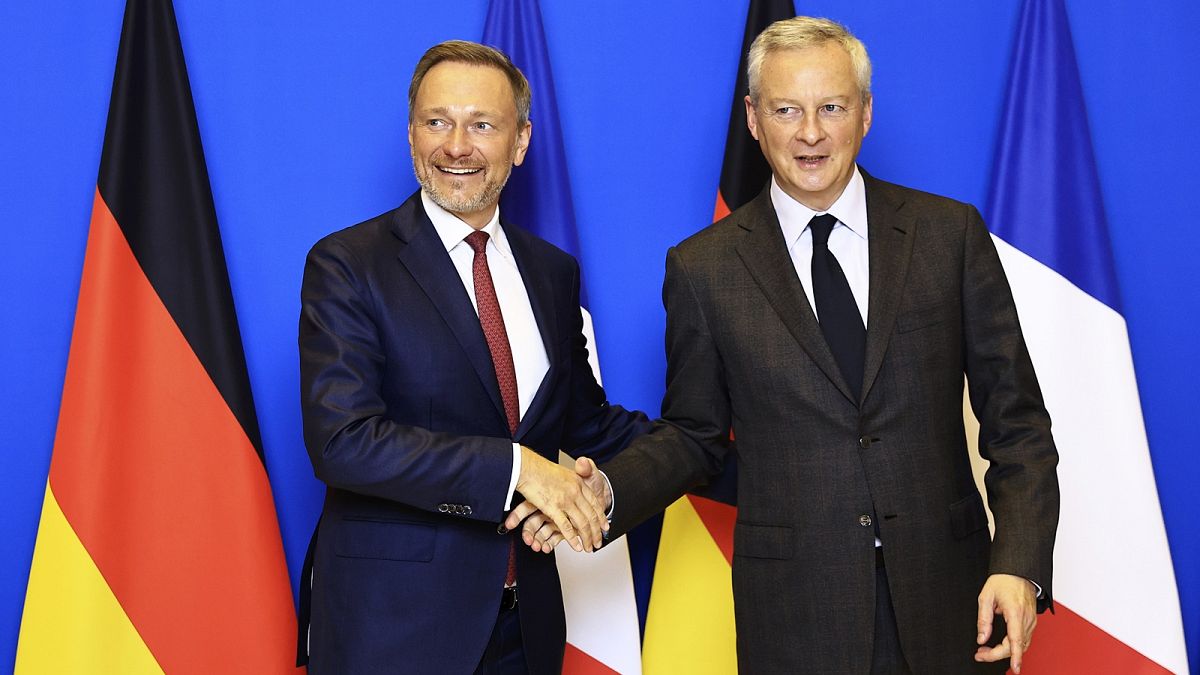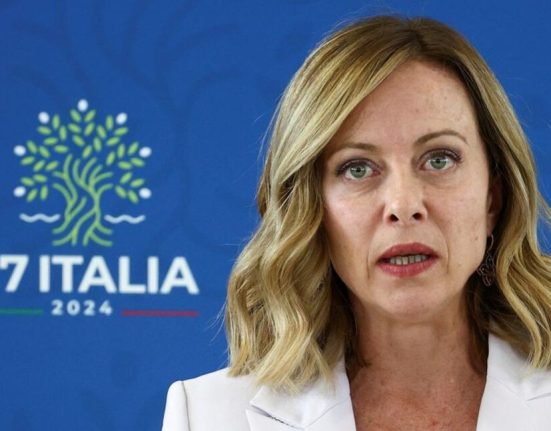Economic and finance ministers of the European Union sealed on Wednesday a deal to reform the bloc’s fiscal rules, a breakthrough made only possible after Germany and France found a middle ground.
Berlin and Paris had for months sat at opposing sides of the table, with the former pushing for automatic safeguards to slash debt levels and the latter advocating for greater flexibility to create enough space for spending in strategic sectors.
Their finance ministers, Christian Lindner and Bruno Le Maire, had in recent weeks intensified bilateral contacts in a bid to break the impasse. The effort materialised on Tuesday evening when the two politicians met in Paris and announced a compromise. Le Maire then spoke with his Italian counterpart, Giancarlo Giorgetti, to make sure the bloc’s three largest countries were on board.
“We found the right balance,” Le Maire said standing next to Lindner.
“We need to have sustainable public finance everywhere in Europe. And, on the other hand, there is also a need, and everybody is aware of that, for more investment for climate transition and defence.”
“We have gone a very long way,” he added. “One year ago, our positions were radically different. Thanks to the hard work we have done together, with the support of many of the member states, including Italy (…) we came to that agreement.”
Linder said his country, which is in the midst of a budget crisis following a shock ruling by the Constitutional Court, would have never agreed to “rules that are not strict.”
“Strict in the sense that (the rules) are credible, sufficient and efficient to lead to lower debt levels and reliable paths to lower deficits,” Linder noted. “The old rules were strict on paper but not on application.”
The Franco-German compromise paved the way for the 27 member states to seal a preliminary deal during a video conference on Wednesday evening, bringing the overhaul one step closer to a successful conclusion.
In anticipation of the virtual meeting, Spain, the current holder of the Council’s rotating presidency, had prepared an amended legal text that reduced to the bare minimum the number of outstanding questions. As a result, the video call lasted barely two hours.
Only two elements were left to be decided: the speed at which countries need to comply with the deficit target and the maximum deviation allowed from their fiscal commitments.
The reform still needs to be negotiated with the European Parliament, a process that is expected to be relatively fast to ensure the new framework is in place by the time governments design their next budgets.
A sought-after reform
The fiscal rules, which date back to the late 1990s, compel all 27 member states to keep their budget deficits under 3% of gross domestic product (GDP) and their public debt levels below 60% of GDP – thresholds that many currently exceed after years of pumping copious money to cushion the impact of back-to-back crises.
The reform, proposed by the European Commission in April, keeps untouched the 3% and 60% targets, which some economists consider arbitrary and obsolete, but makes considerable alterations to how the two figures have to be met in practice.
Each member state will be asked to design a mid-term fiscal plan to cut down its deficit at a credible pace and put debt on a “plausible downward path”. The country-specific blueprints will be first negotiated between the Commission and the capitals based on a “technical trajectory” provided by Brussels and later approved by the Council.
The fiscal adjustments necessary to reach – or at least head towards – the 3% and 60% marks will be carried out over four years and might be extended to seven years in exchange for further reforms and investments.
Throughout the process, Germany, aided by liked-minded “frugal” countries such as the Netherlands, Austria, Sweden and Denmark, insisted the adjustments had to be coupled with numerical, homogenous safeguards to guarantee an annual reduction of excessive debt and deficit levels.
But France, whose debt has long been above the 90% threshold, resisted this hawkish approach, arguing automatic norms would be counterproductive, deter investments in strategic sectors and stifle economic growth.
The back-and-forth between Paris and Berlin dominated the more than eight months of debate over the reform to the point that other member states were left waiting for a Franco-German breakthrough before moving forward.
The clock, in the meantime, was ticking: the overhaul had to be agreed upon by year’s end because the previous rules are scheduled to be re-activated on 1 January after being suspended in March 2020 to cope with the shock of the COVID-19 pandemic.
The preliminary agreement reached on Wednesday includes many, if not all, of the main demands voiced by Germany, which had a larger number of allies than France and therefore a stronger bargaining hand.
The reformed rules will be backed by two numerical safeguards, one based on debt and another based on deficit.
Additionally, member states that break through the binding thresholds and deviate from the commitments made under their mid-term plans will be put under the so-called excessive deficit procedure (EDP) by default. The start of an EDP will lead to fines if the wrongdoing persists. The fines will be gradual to make them more credible and, crucially, will not be capped, a key concession to the frugal coalition.
France, however, won a provision to establish a “resilience margin” in the deficit safeguard that will allow countries in breach of the 3% target to create “fiscal buffers” to cope with economic shocks. This mechanism will guarantee strategic spending can keep flowing at all times, even in adverse conditions.
The rise in interest rates will be taken into account before the Commission launches an excessive deficit procedure, another victory for Paris.
On the other hand, Italy, which shared the French concerns, obtained an explicit reference to take into account the public spending that comes from defence projects and the Recovery and Resilience Facility (RFF). Italy is by far the largest beneficiary of the RFF, with a total of €122.6 billion in loans and €71.8 billion in grants.







